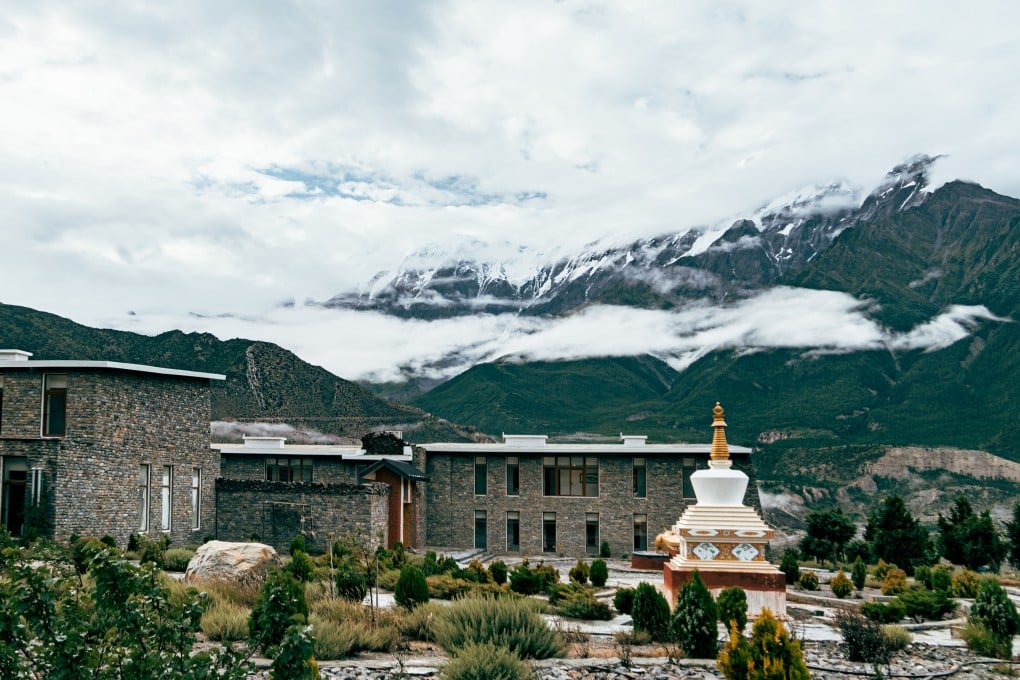Advertisement
Nepal eyes a luxury travel renaissance with new high-end resorts: ‘investors are optimistic’
- Boutique hotels and luxury chains are aiming to reimagine the Himalayan nation’s image as a cheap holiday spot for backpackers
- Investors setting up high-end properties long to attract high-spending Chinese, Indian, Southeast Asian and Western tourists alike, insiders say
Reading Time:6 minutes
Why you can trust SCMP
2

The windswept valley of Jomsom in the once-forbidden kingdom of Mustang is tucked between barren hills and the towering Himalayas in north-central Nepal. Once a transit point for traders to Tibet, the sleepy village has since turned into a rest stop for Hindu and Buddhist pilgrims visiting Muktinath Temple and trekkers encircling Annapurna mountain.
Advertisement
Now, a new resort is reinventing Jomsom as a luxury destination, developing high-value tourism in one of Nepal’s most remote yet environmentally and culturally diverse regions. Shinta Mani Mustang, a boutique hotel designed by American architect Bill Bensley, aims to offer “comfortable and stylish” accommodation in an offbeat location, while reimagining Nepal’s image as a cheap holiday spot for backpackers.
“Hospitality in the Himalayas has not changed very much in the past 30 years,” said Jason Friedman, who brought the Shinta Mani brand to Nepal alongside the local Sherpa Hospitality Group last year. “We are allowing a whole new demographic of travellers to access these areas.”

When Friedman first visited Nepal – and Jomsom – three decades ago, the country was on the cusp of democratic reforms, with Mustang only opening up to foreign visitors in 1992. But a decade-long Maoist insurgency to end monarchy and feudalism that began in 1996 hit the country’s tourism, one of its major revenue-generating sectors.
Nepal’s tourism industry has mostly bounced back, contributing 6.7 per cent to gross domestic product in 2022, according to data from the World Bank. Last year, Nepal welcomed more than 1 million tourists – for only the third time in the country’s history – and data for March showed a nearly 30 per cent year-on-year increase in visitor numbers, with tourists from neighbouring India and China leading the pack.
Tourist spending remains low, however, with travellers only forking out US$40.50 per day in 2022 compared with US$48 in 2021, according to the latest available data from Nepal’s Ministry of Culture, Tourism and Civil Aviation. In recent decades, Nepal has largely been perceived as a budget backpacking destination, while nearby Bhutan has branded itself as the premium Himalayan hotspot.
Advertisement
But it wasn’t always like that.

Advertisement